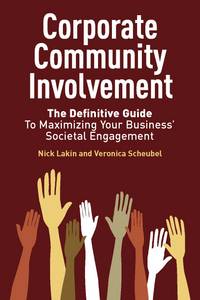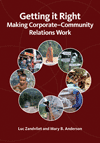Positive engagement with host communities can’t rely on good intentions alone. To make sure a company’s presence accords with your neighbours’ own aspirations and best interests, you need an effective process to help create and implement your sustainable development policies. Anglo American’s Socio-Economic Assessment Toolbox (SEAT) does just that.
- Provide guidance and support for achieving full compliance with the Social Way – Anglo American’s framework of requirements for social performance management during project development, operation and closure.
- Identify key social and economic impacts and issues that need to be managed and, thereby, improve risk management.
- Assess existing social performance initiatives, such as community development projects, and identify where improvements are required.
- Facilitate the capture and sharing of best practice across Anglo American.
- Improve each operation’s understanding of the full range of local stakeholders, their views and interests; provide guidance in developing and updating annual Stakeholder Engagement Plans (SEPs), and increase trust and goodwill among host communities.
- Support sustainable socio-economic development in host communities and ensure that we respect human rights.
SEAT helps managers analyse their operation’s sphere of influence and impacts, and provides a framework for formulating management responses and reporting back to stakeholders.
The SEAT process is divided into seven steps, with each step supported by a number of tools.
- Profile the Anglo American operation and the host community
- Engage with stakeholders
- Assess and prioritise impacts and issues
- Improve social performance management – how we interact with our stakeholders
- Deliver enhanced socio-economic benefits to host communities
- Develop a social management plan
- Prepare a SEAT report and feedback to stakeholders
Each of our operations runs a new SEAT assessment every three years.
SEAT plays a central role in our programmes to meet the requirements of the International Council on Mining and Metals (ICMM) sustainability principle 9 (i.e. to contribute to the social, economic and institutional development of the communities in which the Company operates).
All senior and site-based personnel who are responsible for community relations are trained in the use of the SEAT process.
Access v3 directly here

